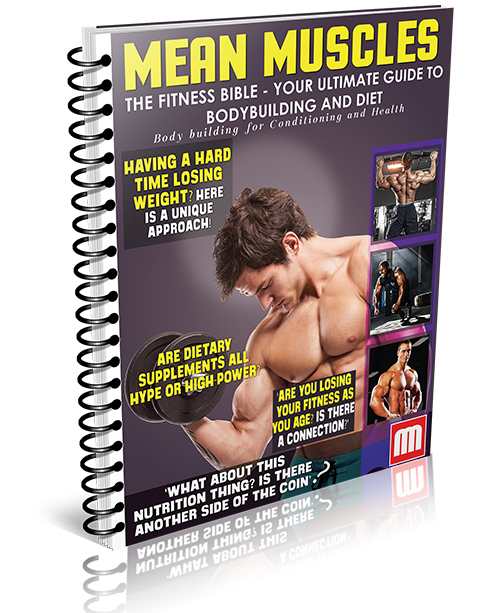How to keep our joints, tendons and musculature safe and away from harm?
When we talk about the effects of sport and exercising on our bodies, we mostly refer to the overall figure, muscle, fat, muscle tone, strength, stamina, and every other healthy aspect of the workout.
But apart from all this, the movements we do with weights, against the force of gravity, also affect our connective tissue – tendons, ligaments and especially, the joints. This article will answer the question “What can we do to keep our skeletal system healthy?”
Is resistance training bad for the joints?
The effect of resistance training on the joints, like other tissues, is positive and reinforcing, although this effect is manifested much more slowly after much more frequent and serious workouts.
During weight workouts, joints and connective tissues strengthen like muscles. It is required for them to have extra strength, in order to withstand the increasing weight loads that come with our progress in training.
If not properly worked in and warmed up before every workout, the cartilage in our joints starts to wear, the heavier our workouts get.
This wear over time may cause discomfort and difficulty for a person even when he is at rest. Further development of such injuries, can even lead to more serious illnesses and an inability for normal joint functions.
How to prevent joint injuries
To avoid joint wearing and serious injuries, we need to be reasonable and rational during our workouts. First of all, we MUST always warm-up before every workout. This means that each workout starts with light movements and stretching, which lead to the release of joint fluid, which plays the role of a lubricant and reduces friction. Thus, when the real, heavy load begins, the stress on the cartilage is less significant and dangerous.
Secondly, we need to be rational with our progress when training. Do not rush with increasing weights as a whole, but rather aim for a progressive and steady increase in intensity. After all, making progress quicker may feel good, but if it leads to an injury, it will set you back big time.
It is also good to have a sufficient number of rest days throughout the month, or at least have periods in which we are pretty much de-loading the weights in the gym and are training at 40-50% of our capabilities.
Nutrition and joint health
Nutrition also matters. Just like muscles that need protein to function and recover normally after exercise, the joints have nutritional needs as well. A healthy menu for our joints should consist of all the essential macro and micronutrients.
Like all other tissues in the human body, connective tissues need protein. It is one of the main building units and gives the flexibility and elasticity of connective tissues and ligaments.
Besides protein, it has been proven that essential fatty acids or omega-3 in particular is needed for proper joint function. They are a special group of poly-unsaturated fats that have a beneficial effect on health and in particular on the motor system.
They are found in walnuts, eggs, linseed oil, soybean and some other foods. Their regular intake can prevent us from developing arthritis and some other degenerative diseases.
Carbohydrates are also important for joint health. Their role is in building up the vascular fluid, which, in addition to natural fat, plays the role of cartilage food. They are one of the few tissues that are not blood-fed but contain the so-called synovial fluid.
Its main ingredient is called glucosamine and it is a combination of protein and glucose. Sometimes reduced intake of carbohydrates in some diets leads to depletion of sugars in the body, which then leads to pain appearing in the joints due to reduced glucosamine levels.
Such diets should be administered with caution and for short periods of time. It is recommended to also take supplements containing glucosamine.
Besides glucosamine, there are other micro elements and some nutritional additives that have a positive effect on connective tissues. The minerals zinc, magnesium, manganese, calcium and selenium, vitamins C and E, and the amino acid methionine play an important role in the cartilage and ligament construction of ligaments and tendons.
To grant daily intake of such, we need to take care of an abundant, all-around complete and healthy diet. There are also specialized products containing additives such as chondroitin, MSM (organically bound sulfur, found only in living organisms), shark cartilage, ginger extract, and some fewer common substances.
It is recommended that they are taken as a preventative, rather than with already expressed symptoms of joint wear and weak tendons.
Health care and, in particular, the health of the locomotor system must be preventive, as we said. In order to keep the body healthy and fit for training longer, we must take care and prioritize the weak spots and strengthen them at the very beginning.
The Fitness Bible-Your Ultimate Guide To Bodybuilding And Diet:
Bodybuilding For Conditioning And Health


- Your email address will never be shared with anyone else. We respect your privacy.


